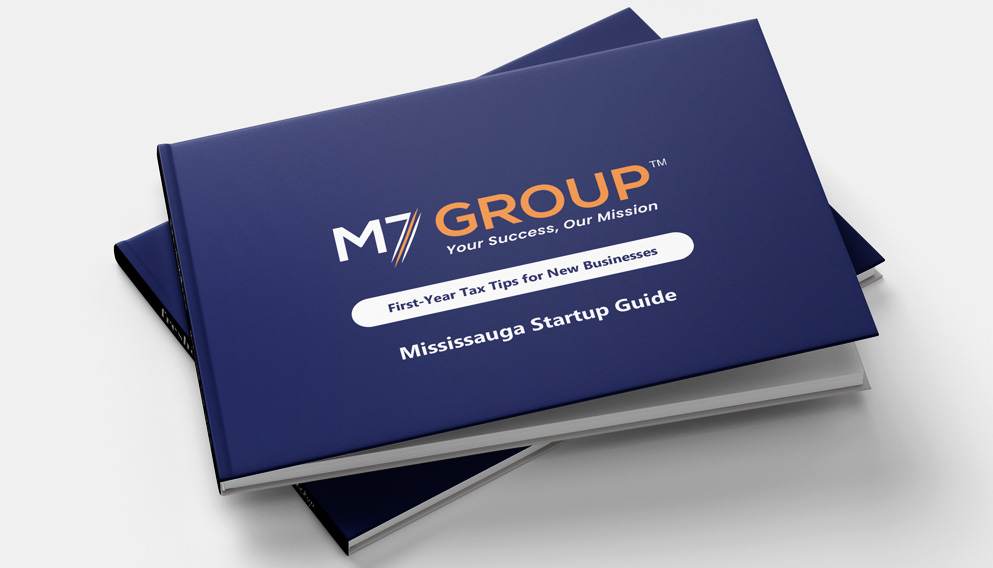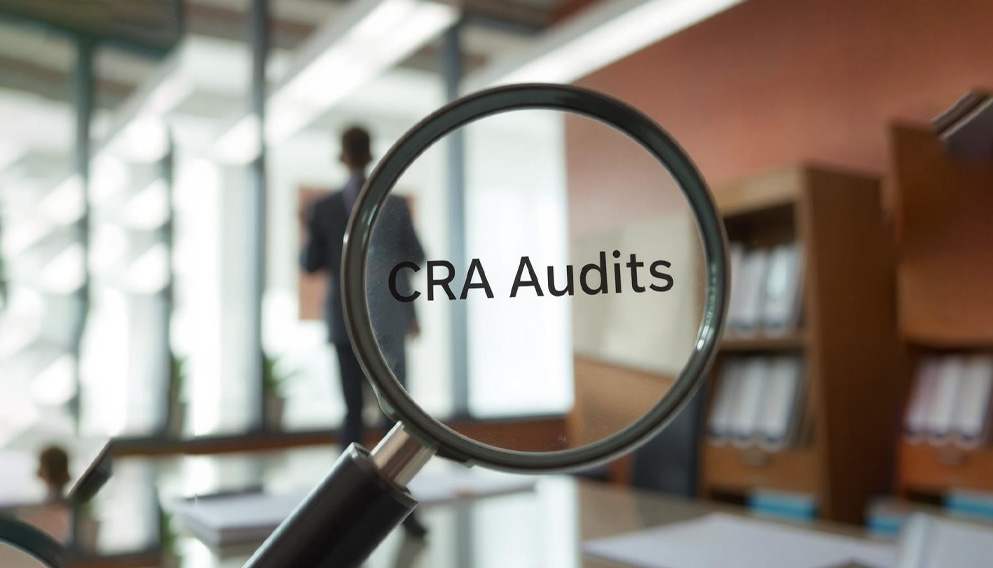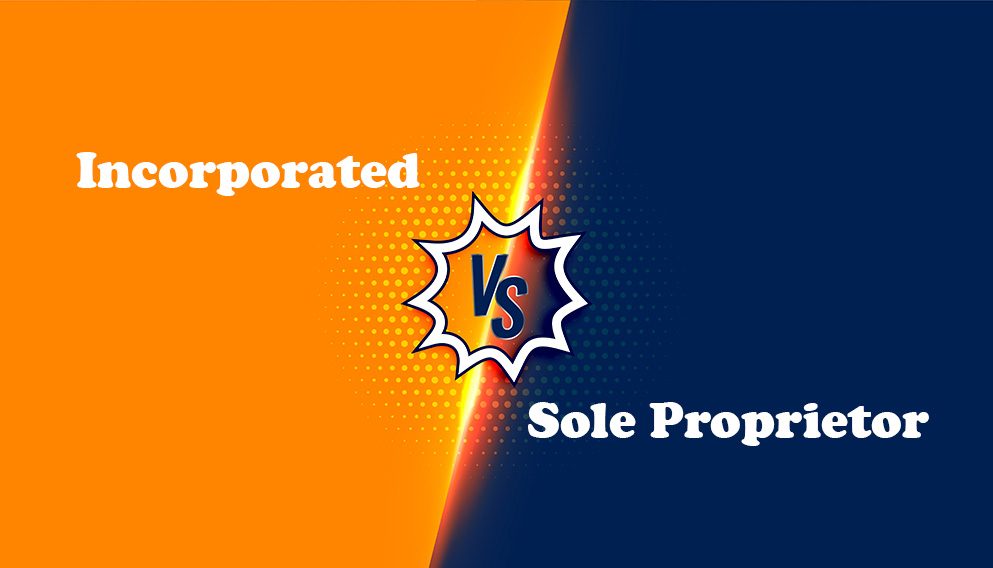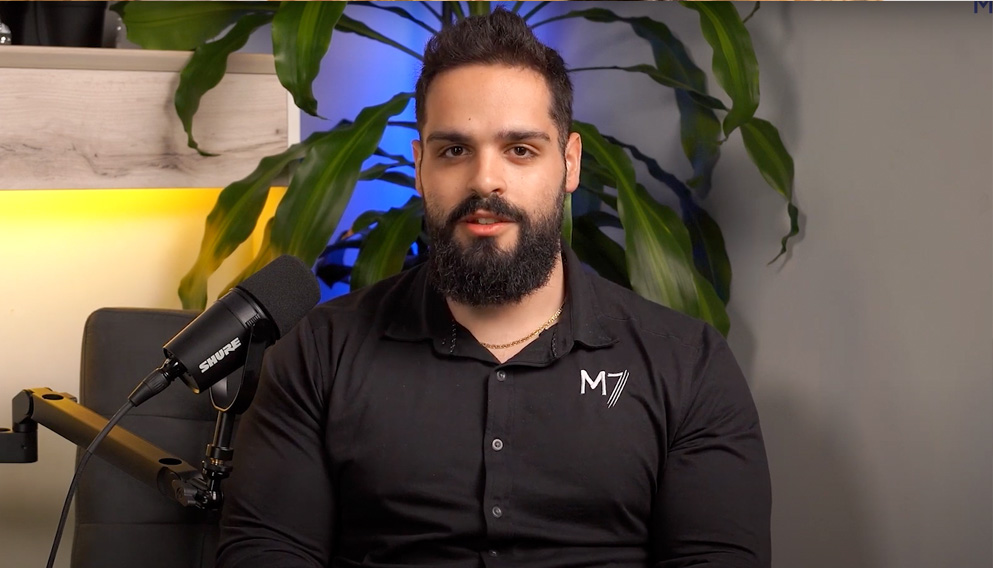Your contributions are tax-deductible, and when it’s time to withdraw your funds to purchase your first home, those withdrawals are tax-free.
Mississauga Startup Guide: First-Year Tax Tips for New Businesses
Your contributions are tax-deductible, and when it’s time to withdraw your funds to purchase your first home, those withdrawals are tax-free.
The Cost of Small Business Tax Services in Mississauga: What to Expect
Your contributions are tax-deductible, and when it’s time to withdraw your funds to purchase your first home, those withdrawals are tax-free.
What Mississauga Entrepreneurs Should Know About CRA Audits
Your contributions are tax-deductible, and when it’s time to withdraw your funds to purchase your first home, those withdrawals are tax-free.
5 Signs It’s Time to Hire a Local CPA in Mississauga
Your contributions are tax-deductible, and when it’s time to withdraw your funds to purchase your first home, those withdrawals are tax-free.
Incorporated vs Sole Proprietor: What’s Best for Your Mississauga Business?
Your contributions are tax-deductible, and when it’s time to withdraw your funds to purchase your first home, those withdrawals are tax-free.
Why Accurate Bookkeeping is Crucial for Mississauga Business Taxes
Your contributions are tax-deductible, and when it’s time to withdraw your funds to purchase your first home, those withdrawals are tax-free.
Tax Write-Offs and Deductions for Mississauga-Based Businesses
Your contributions are tax-deductible, and when it’s time to withdraw your funds to purchase your first home, those withdrawals are tax-free.
How to Avoid Tax Penalties as a Small Business Owner in Mississauga
Your contributions are tax-deductible, and when it’s time to withdraw your funds to purchase your first home, those withdrawals are tax-free.
How to Choose the Right Small Business Accountant in Mississauga
Your contributions are tax-deductible, and when it’s time to withdraw your funds to purchase your first home, those withdrawals are tax-free.













